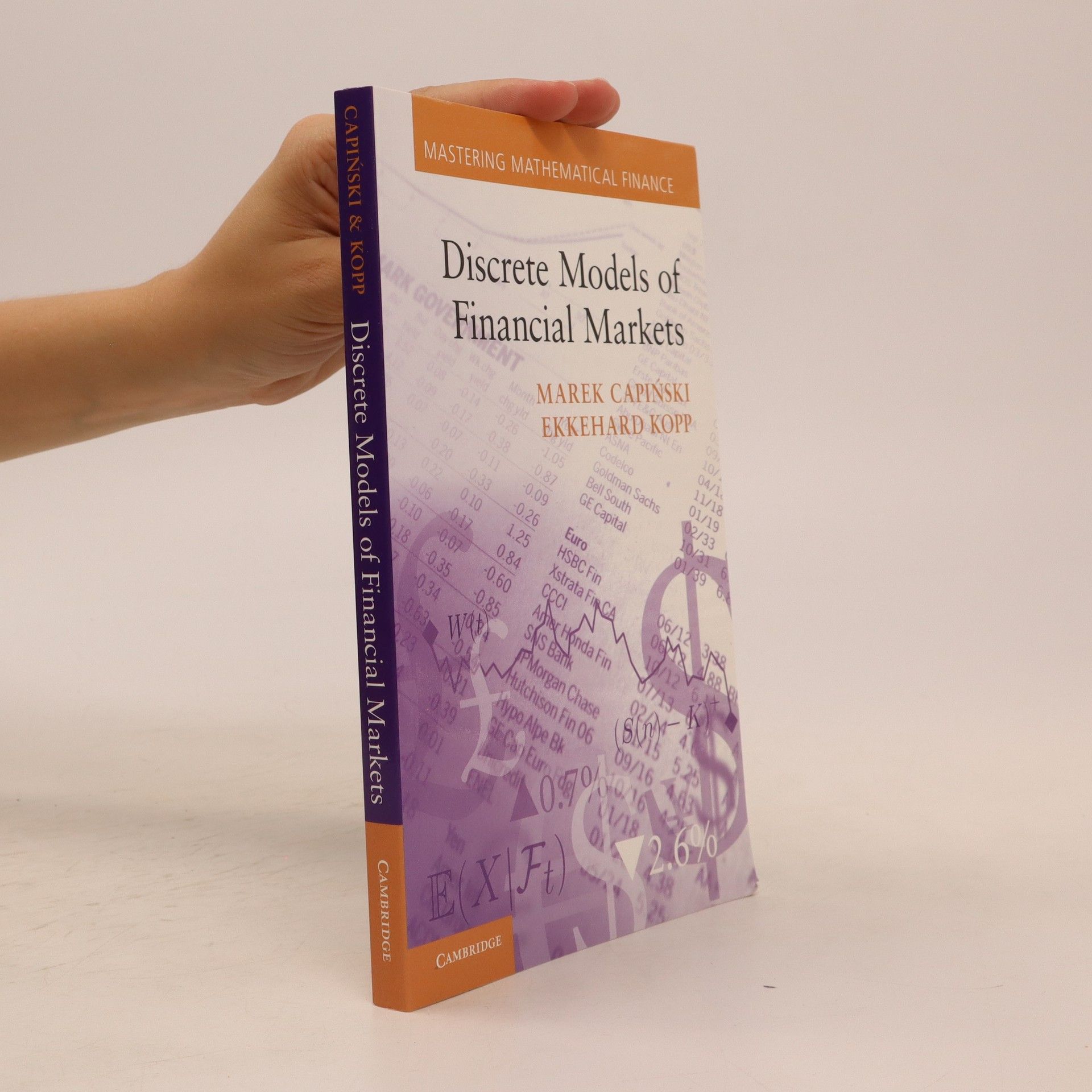Students and instructors alike will benefit from this rigorous, unfussy text. It keeps a clear focus on the basic probabilistic concepts required for an understanding of financial market models, including independence, conditioning and limit theorems for random sequences. Motivational examples, careful proofs and plenty of exercises facilitate self-study.
Ekkehard Kopp Knihy




This book explains in simple settings the fundamental ideas of financial market modelling and derivative pricing, using the no-arbitrage principle. Relatively elementary mathematics leads to powerful notions and techniques - such as viability, completeness, self-financing and replicating strategies, arbitrage and equivalent martingale measures - which are directly applicable in practice. The general methods are applied in detail to pricing and hedging European and American options within the Cox-Ross-Rubinstein (CRR) binomial tree model. A simple approach to discrete interest rate models is included, which, though elementary, has some novel features. All proofs are written in a user-friendly manner, with each step carefully explained and following a natural flow of thought. In this way the student learns how to tackle new problems.
Exploring a broad spectrum of mathematical ideas, this book provides a comprehensive yet approachable narrative that begins with fundamental concepts and progresses to contemporary research topics. It highlights the evolution of mathematical inventions, making complex ideas understandable for readers at various levels of expertise.
This brief but full introduction to basic stochastic processes contains key results that have become essential for finance practitioners and provides a solid grounding for understanding the Black-Scholes option pricing model. Students, practitioners and researchers will benefit from the authors' rigorous, but unfussy, approach to technical issues.